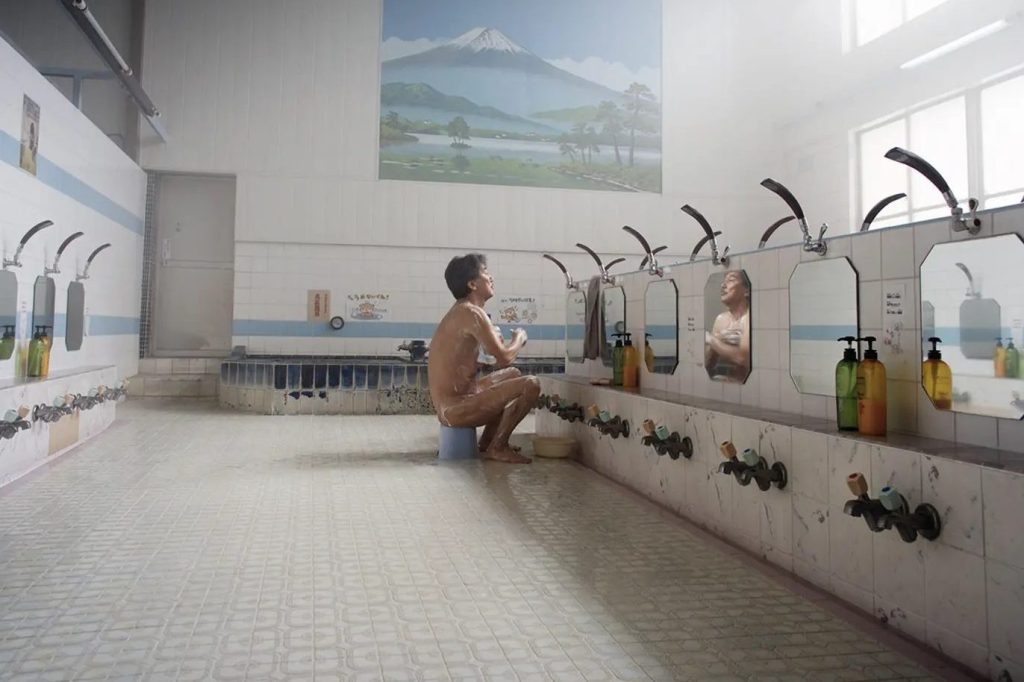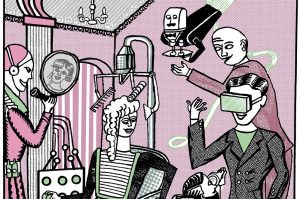What is the world’s best city in which to be caught short? You can imagine a lively discussion on this question on a TripAdvisor forum. A strong candidate would be Tokyo, which has recently added to its long list of otherworldly attractions, a collection of seventeen high-tech architect designed public lavatories. The toilets feature, and arguably star, in Wim Wender’s Oscar-winning film Perfect Days which tells the story of a reclusive, obsessively diligent cleaner whose job it is to keep the facilities in immaculate condition.
The seventeen public toilets in the project all have three spaces, men, women, and ‘everyone’
The public toilets are the result of a project by the non-profit Nippon Foundation, which invited sixteen distinguished architects to design one, or in one case two, public conveniences each, letting their imaginations run rampant in the process. The foundation then invited Wenders to view the results in the hope that the great German director might produce a short promotional film. Instead, Wenders was so inspired that he embarked on a full-scale drama.
The toilets range in style from Scandi chic minimalist to retro-futurist to just plain weird. Some are a bit pretentious. A “back to the forest… public toilet village” concept from Dundee V&A architect Kengo Kuma consists of five huts employing cedar board louvers to “create a line of flow” and facilitate “a total experience… suitable for the age of diversity.” Your guess is as good as mine.
Another, three blocks of overlapping scarlet colored metal, is apparently inspired by the Japanese art of wrapping (origata) and is aimed particularly at the “LGBTQ+ community.” The toilet “holds space for them to live their truth” says the blurb from architect Nao Tamura. Hmmm, I thought it was just a place to (complete with your own choice of words).
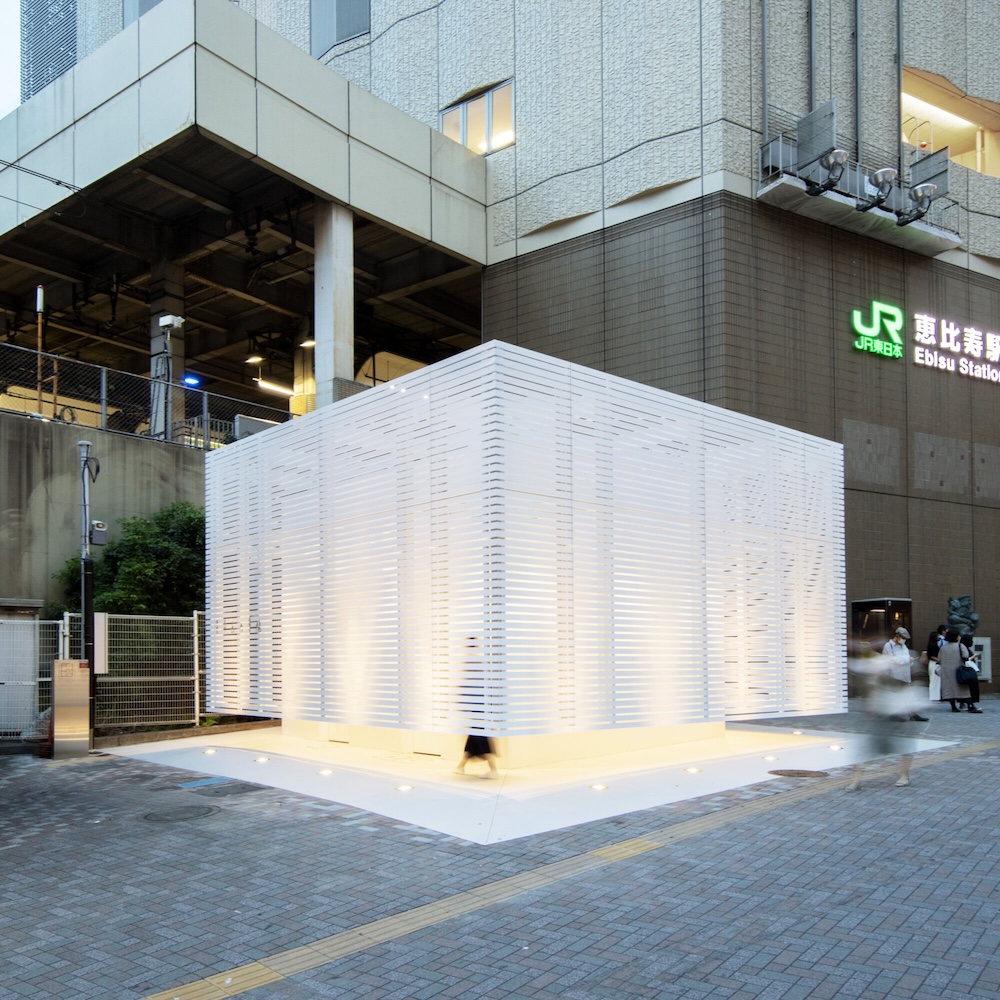
Some are too clever for their own good. Two have transparent exterior glass walls which become opaque once the door is locked. These caused controversy when previewed at the Tokyo Olympics as some feared a malfunction might leave them exposed at a critical moment. “How the hell does this work?” says a character in the film.
The seventeen public toilets in the project all have three spaces, men, women, and “everyone,” a shallow bow to the gender progressives. How much the “everyone” spaces will be used will be interesting. One of Tokyo’s most prestigious universities overhauled its toilet facilities a few years back to the point where the majority are now “all gender.” A friend who works there tells me they are almost entirely shunned by the students, expensive white porcelain elephants.
But will anyone much use the Nippon Foundation’s creations? Will this idealistic scheme turn out to be a busted flush? Few of the toilets really announce themselves as such and as the signage is discreet, they might easily be mistaken for random pieces of modern art. I was surprised to learn that one is five minutes from my apartment. I’d walked past it a thousand times and never realized what it was.
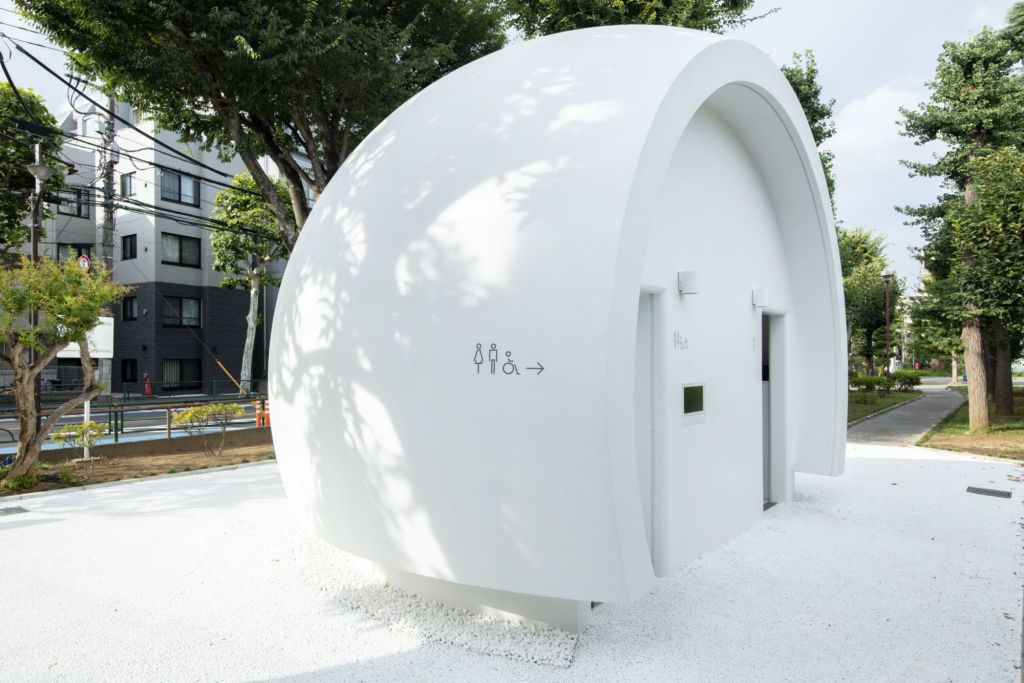
Perhaps I’m missing the point. These are showpieces, the equivalent of Victorian follies perhaps, with form riding well ahead of function. Visitors should be aware that they are not representative of public conveniences in Tokyo, which will often be basic and not necessarily spotless. Some are still the traditional squat variety from which I recoil in horror whenever I accidentially encounter one.
Nor should you assume from the film that the almost neurotic cleaning it depicts is a deeply embedded Japanese character trait or that hi-tech toilet technology has a particularly long history in Japan. Until the 1960s and particularly the epochal rebuild for the 1964 Olympics, Tokyo didn’t even have modern sewage system. Public urination was common. “Tokyo was filthy. It stank,” said a friend who grew up in those times.
Japan’s modern reputation as the equivalent of Silicon Valley for washroom technology stems from the 1980s when the economic boom coincided with the gadget fad and Japan’s traditional kaizen (continual improvement) philosophy finally came to encompass the bathroom appliance industry. All manner of “features” started being added to the humble western commode and an obsessional interest emerged in all things lavatorial.
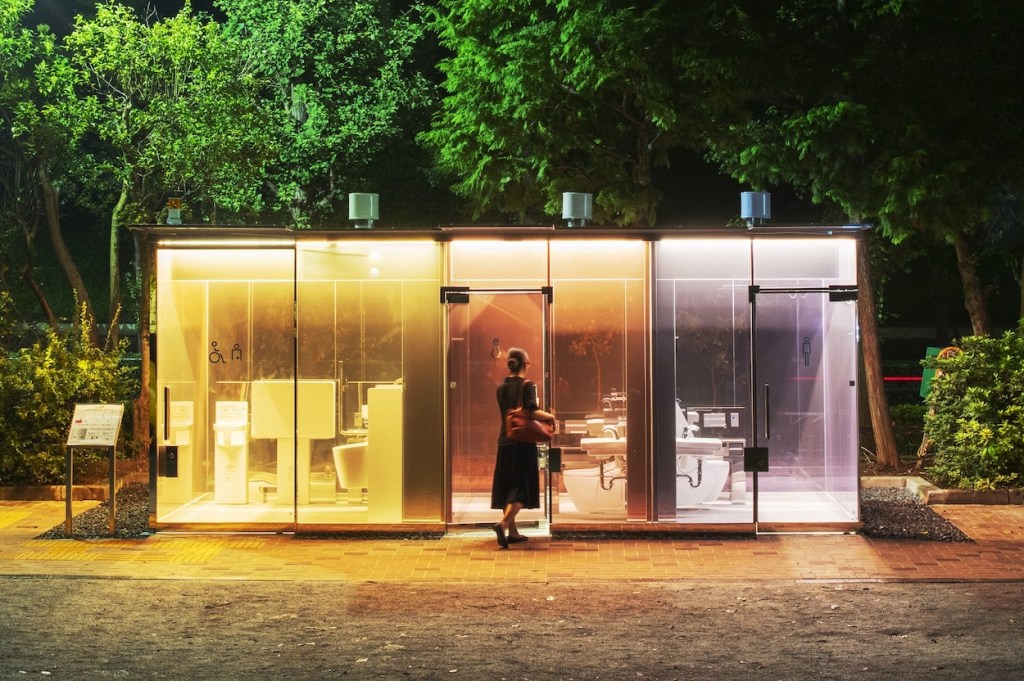
A toilet association was formed, a hundred strong lobbying group led by a certain Hideo Nishioka, professor emeritus of Kyoto University and the world’s foremost collector of toilet paper (he reportedly had samples from 100 different countries). In 1986, we saw the opening of the world’s biggest toilet store in Tokyo; and Toto, the Bang and Olufsen of toilet technology even opened their own museum (their top priced “Washlet” “smart” model, costs $13,000).
Could we see a similar initiative to the Tokyo Toilet Project in an American city? Unlikely. Tokyo is an ever-changing agglomeration of inharmonious structures where nothing jars because everything does. Getting planning permission is famously (or notoriously) easy. One can imagine a big city Democratic mayor being attracted to all the progressive flim-flam in the publicity material but even they might struggle to get the go-ahead for what many might decry as incongruous carbuncles.
And in any case, who would maintain them? Finding staff like the protagonist in Perfect Days, who works long hours, presumably for the Japanese minimum wage, and appears to live for the sight of a gleaming toilet bowl and freshly replenished toilet paper roll holder might be a considerable challenge in work-shy USA.
This article was originally published on The Spectator’s UK website.



